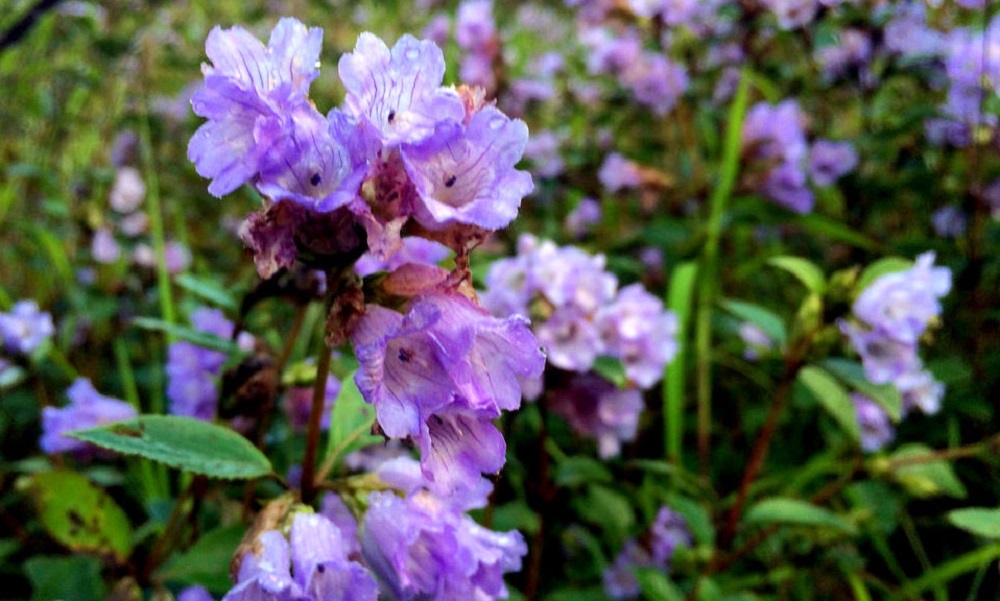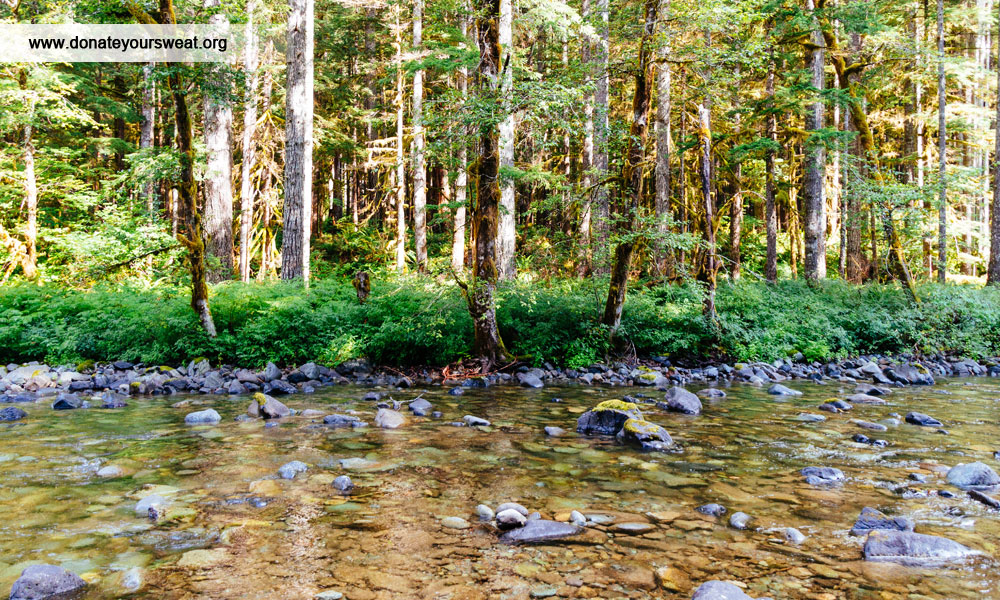The Western Ghats in Kerala, in particular, is home to the wondrous rare flower that blooms once in every 12 years, the Neelakurinji, as it is locally known. They are in bloom at the Eravikulam National Park in Kerala this year. This is the only place in the world where this flower can now be found. Purplish-blue flowers in colour, they have carpeted the mountainsides to give a blue hue to the surroundings. However, environmentalists fear that they may not flower again at all as their survival is under threat.
Since the year 1838 when they were first documented, these flowers have bloomed only fifteen times up till now. Strobilanthes Kunthianus last flowered in 2006 in Kerala. G. Rajkumar, one of the founders of the Save Kurinji Campaign Council swears by the romantic aura that the flowers in bloom create.
The Neelakurinji flowers have been referred to in early Tamil poems, particularly in the 1st century Sangam literature. The Muthuvans, an indigenous tribe in the area, calculate their ages by the number of Neelakurinji flowerings that they have seen.
Habitat Threat to Neelakurinji
The Neelakurinji shrub, once abundantly found in the Western Ghats at altitudes over 5000 feet now bloom only in a restricted area inside the Eravikulam National Park. Ecologists fear that these flowers may not bloom again, thanks to ecological threats in the region: unscrupulous planting of eucalyptus and acacia, tourism and agriculture. These have stripped the area of its grasslands with which Kurinji plants share a very sensitive relationship.
According to Jomy Augustine, the Botany HOD in ST. Thomas College, Palai, the mass blooming of Strobilanthes Kunthianus, is the fruit of its very existence. All its energy is conserved for flowering after which the plant dies. If the ecological balance is tilted, then there is a grave danger for the very survival of the plant in the future.
Over 20 other species out of 64 different species of Strobilanthes are also in bloom this year on these grassy slopes. Their shades vary from white to lavender bluish to brown.
Satellite imagery reveals that the grasslands here have shrunk to 66 percent of their original value over the last four decades, with the biggest change between the years 1993 to 2003. There has been a dramatic increase in timber plantations that have come up here.
To Bring the Neelakurinji Flowers Back
There has been an increase in awareness to protect Neelakurinji and its habitat from total extinction. Kodaikanal hosted a two-day event recently to urge the government to take protective action. Anand Kumar, a wildlife official with the Tamil Nadu Government, is still excited when he recounts about how he stumbled upon Neelakurinji flowers in a forest when he went after a leopard.
Rajkumar opines that the first step is to stop all commercial activity in the region to help the earth to heal and regain its natural fertility. Then the Neelakurinji would bloom as it should in the natural course.
Neelakurinji now grows in the national parks where they are safe. Here, they are seen and enjoyed by a few. It should flourish in open spaces for the world to enjoy these flowers.
In the light of the fact that the ecosystems that support Neelakurinji plants help to bring water to the River Amaravati in the region and the flowers attract butterflies and honeybees by the hordes, it is important that all kinds of illegal encroachment, tourism, farming and any other activity that threaten these plants are stopped immediately. This would help to safeguard the plants and nature itself.
As individual citizens, it is our duty to act responsibly when we visit the site as tourists. We can also contribute our mite by spreading this ecology conservation awareness to others.






